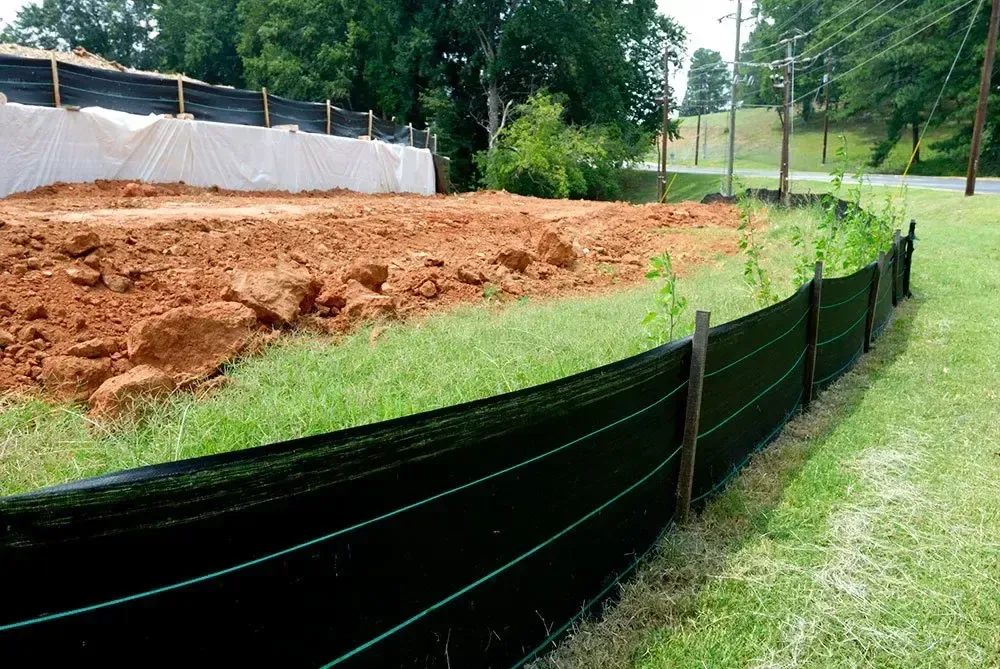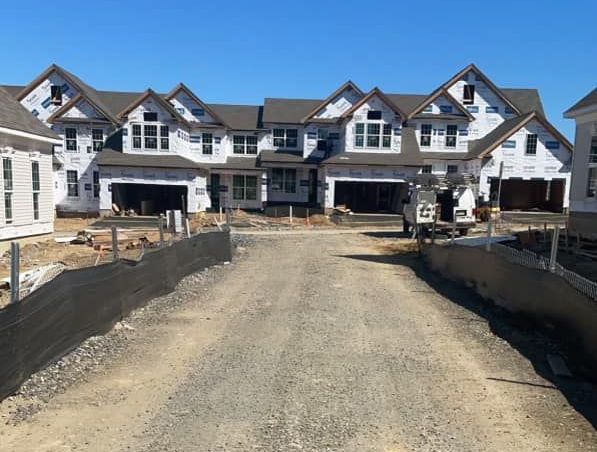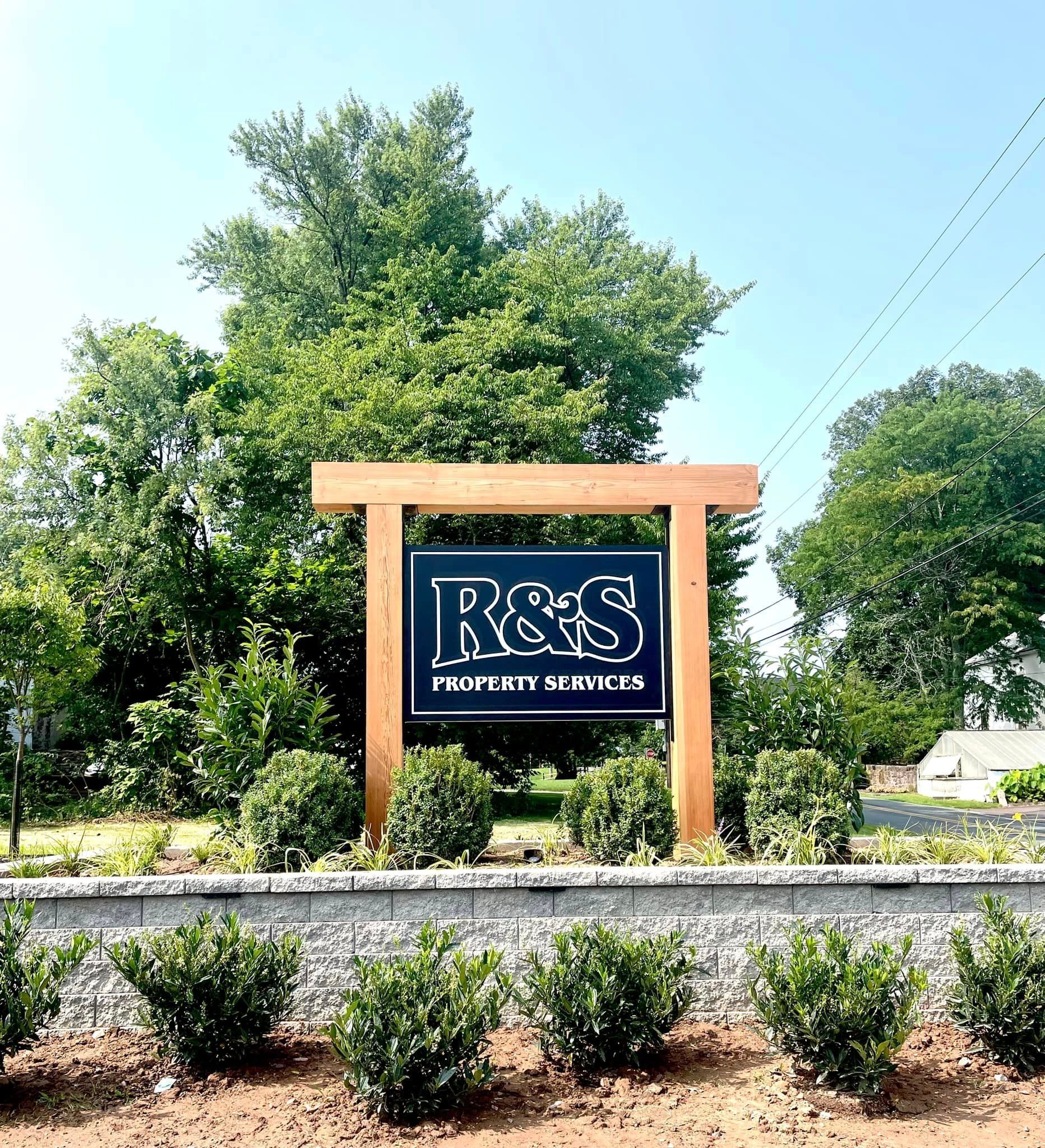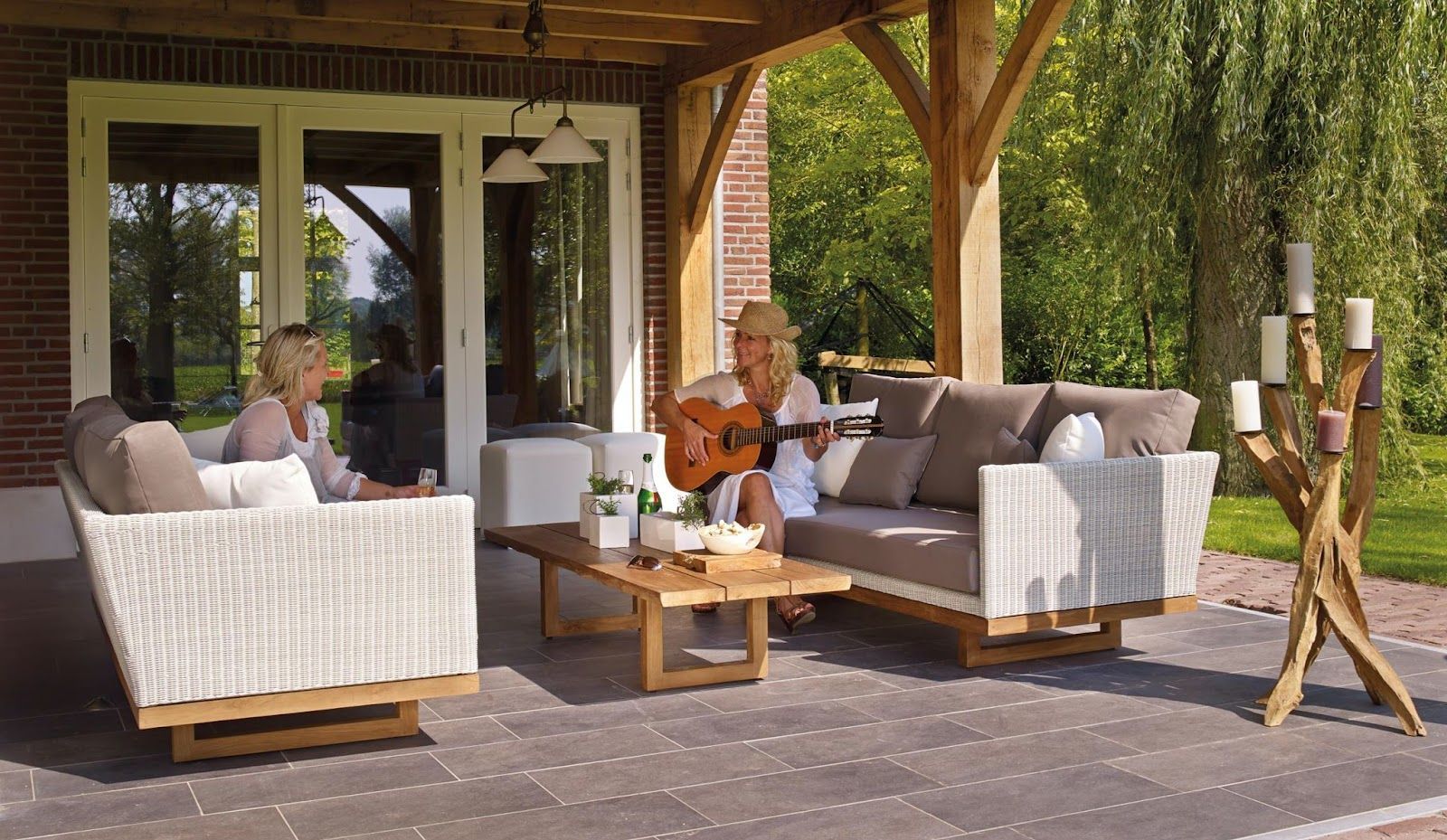Comprehensive Guide to Silt Fence Installation in Montgomery County

Silt fences have long played an integral role in the success of all sorts of construction projects, and for good reason. They’re effective, relatively quick, and inexpensive to install and can be easily removed from a work site as soon as the project is finished.
Here at R&S Property Services, we specialize in providing our clients with a wide variety of efficient and effective
erosion and sediment controls, including installing silt fences. So, no matter how big or small your next project is, you can trust that we have you covered.
Still, we also understand that our clients want to be more informed about the different types of erosion controls we use. So, if you’re curious about silt fences, here is everything you need to know about silt fences and how to install them.
What is a Silt Fence?
In order to understand what exactly a silt fence is, it’s essential to understand the basics of stormwater runoff and how that can affect a construction site.
Basically, as rain falls, the ground soaks up the rainwater until it is completely saturated. When this happens, all the extra water that falls will naturally flow downhill until it empties into the nearest stream, pond, or other body of water.
As you probably already know, most construction projects require quite a lot of digging, which in turn produces a ton of loose soil. This may not seem like a big deal but as soon as it starts raining, this loose soil will get pulled downhill with the rainwater, accelerating erosion on the construction site and polluting nearby waterways in the process.
Silt fences offer a cheap and effective way of preventing this. Made from porous synthetic fabric and held up by wooden, or sometimes metal, stakes, these temporary fences stop loose soil in its tracks while still letting rainwater pass through and drain downhill naturally.
How to Install a Silt Fence in Montgomery County
Silt fences aren’t just effective at controlling erosion. In fact, one of the biggest reasons they have become such a staple in construction is that they’re cheap and easy to install.
Here at R&S Property
Services, we’ve installed countless silt fences on construction sites all over southeastern Pennsylvania, so we know a thing or two about how to install them properly. So, whether you’re thinking about trying to install a silt fence yourself or are just curious as to what our installation process looks like, here is our step-by-step guide to silt fence installation, specifically tailored for projects in Montgomery County.
Clear a Path and Lay Out Your Silt Fence
Before you can start installing the fence itself, you need to plan out where exactly you’re going to put it. Remember that your silt fence is meant to stop loose soil from flowing downhill, and the best way to do this is to set up your silt fence parallel to the contour lines downhill from your job site.
Once you have a plan, the next step is simply to clear the area where you plan to install the fence of any obstacles or debris and then lay out your fence along the path you just created.

Dig a Trench
Unlike most other types of fences that only need holes in the ground for the individual posts, the whole bottom section of a silt fence needs to be buried underground in order to prevent loose soil from passing under it. So, naturally, the next step of the process is to dig a long trench along the entire length of the area where you plan to install the fence. At a minimum, this trench needs to be at least 4 inches deep all the way through.
Bury Fence and Set Stakes
Once you have your trench, it's time to start installing the silt fence itself. Start by using a staple gun to staple the silt fence fabric to one of your wooden posts. Hammer the post into the ground. As you move along the trench, continue hammering stakes down every 8 feet and ensure that you are burying the bottom eight or so inches of fabric along the way.
Fill the Trench and Compact Soil
Now that your fence is set, it is time to backfill both sides of the trench to ensure a sufficient part of the fence is underground. You should also use a tamper to compact the soil that you just filled in to ensure that the ground and your newly installed silt are all stable.
Inspect Your After Rainfall
The job isn’t quite over once the fence is installed. These fences are temporary, after all, and they are prone to damage and weathering, especially if the fence is holding back a lot of soil.
Continued maintenance is essential to ensuring that your silt fence will continue to be effective throughout the entire duration of the project. So, whenever it rains, you should always inspect your silt fence for signs of leaks or damage so that you can fix them before it starts raining again.

Contact R&S Property Services Today
Do you need a silt fence for your next project? Give us a call. Our friendly team of sediment and erosion control experts is always here and happy to discuss whatever ideas you have for your next project. We’ll even offer you a free estimate to help get things started. So, don’t push off starting your next project any longer.
Contact R&S Property Services today!






